Isn’t it about time the anti-LGBT+ rhetoric was shown the red card?
It may be known as the Beautiful Game but football has never been able to conceal its ugly side. Enis Yucekoralp says that heteronormativity must be fought to bring tolerance to the pitch and the stands

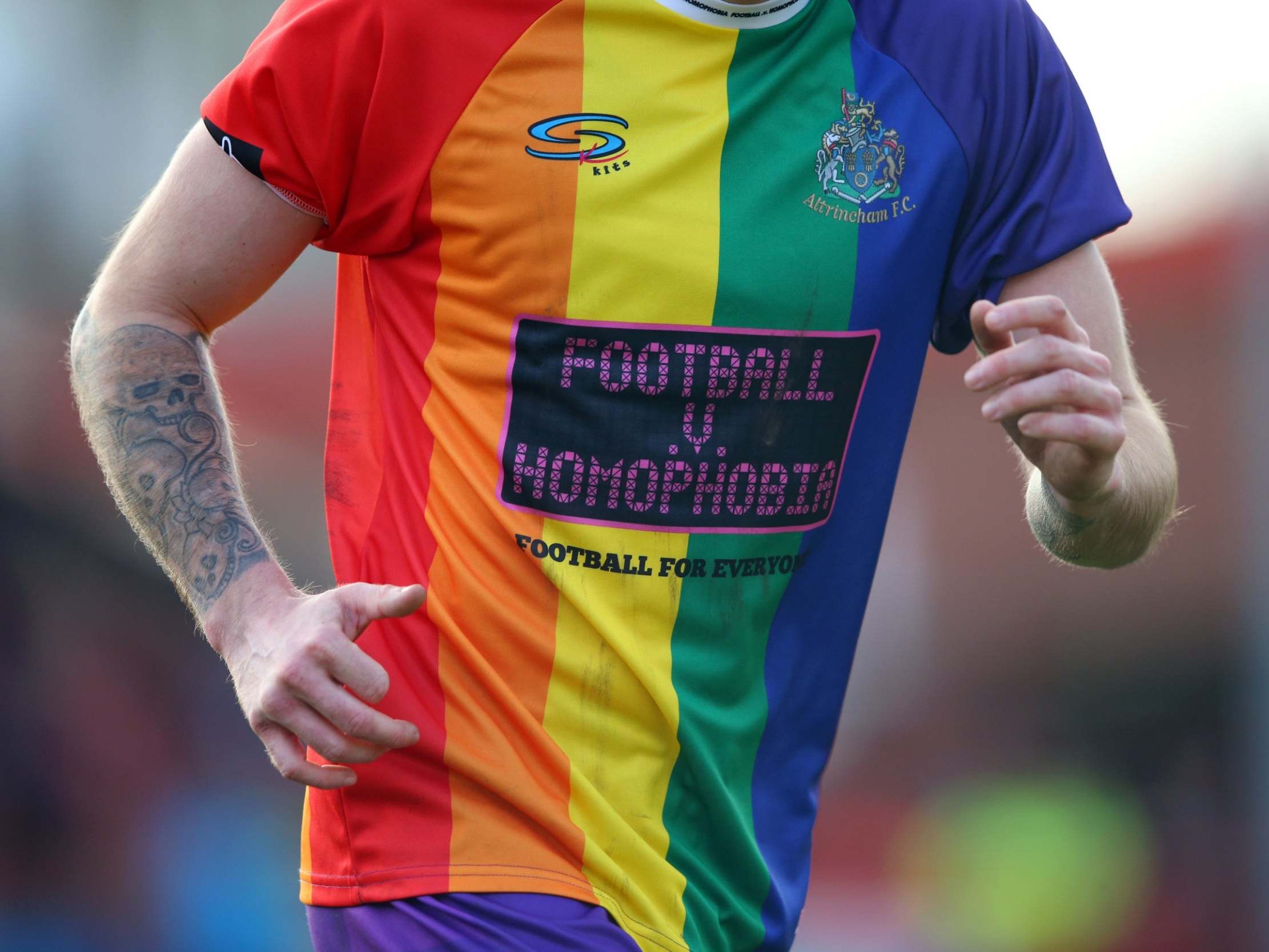
As much as social media enables users to punch up and level critiques at the expense of those in power, it frequently witnesses the ventriloquism of bigotry, where performative punches are aimed downwards at oppressed groups. One of the football world’s most pressing issues, homophobia, has been hotly debated over Twitter, Facebook and Instagram.
It could be said that men’s football is the spectacle of the heteronormative world. Inherently, it seems to harbour a lingering, toxic culture of homophobia and a normalised power structure which must be eradicated. And the sport is patently offside when it comes to an open and tolerant atmosphere for different sexualities; but, like social media, football is also a reflective medium of societal expression and fan opinion. Prevailing homophobic attitudes or non-existent allyship, from supporter-level to top brass, often means that the structure has to be dismantled internally and externally because anti-LGBT+ sentiment seems to exist ubiquitously.
Certainly, considering the thousands of professional players in English football, and the percentage of the UK male population who identify as gay, the absence of gay players in the current footballing pyramid would be a statistical astonishment. Justin Fashanu’s courageous step in 1990 remains the first and only high-profile coming-out in the men’s English game during a playing career.
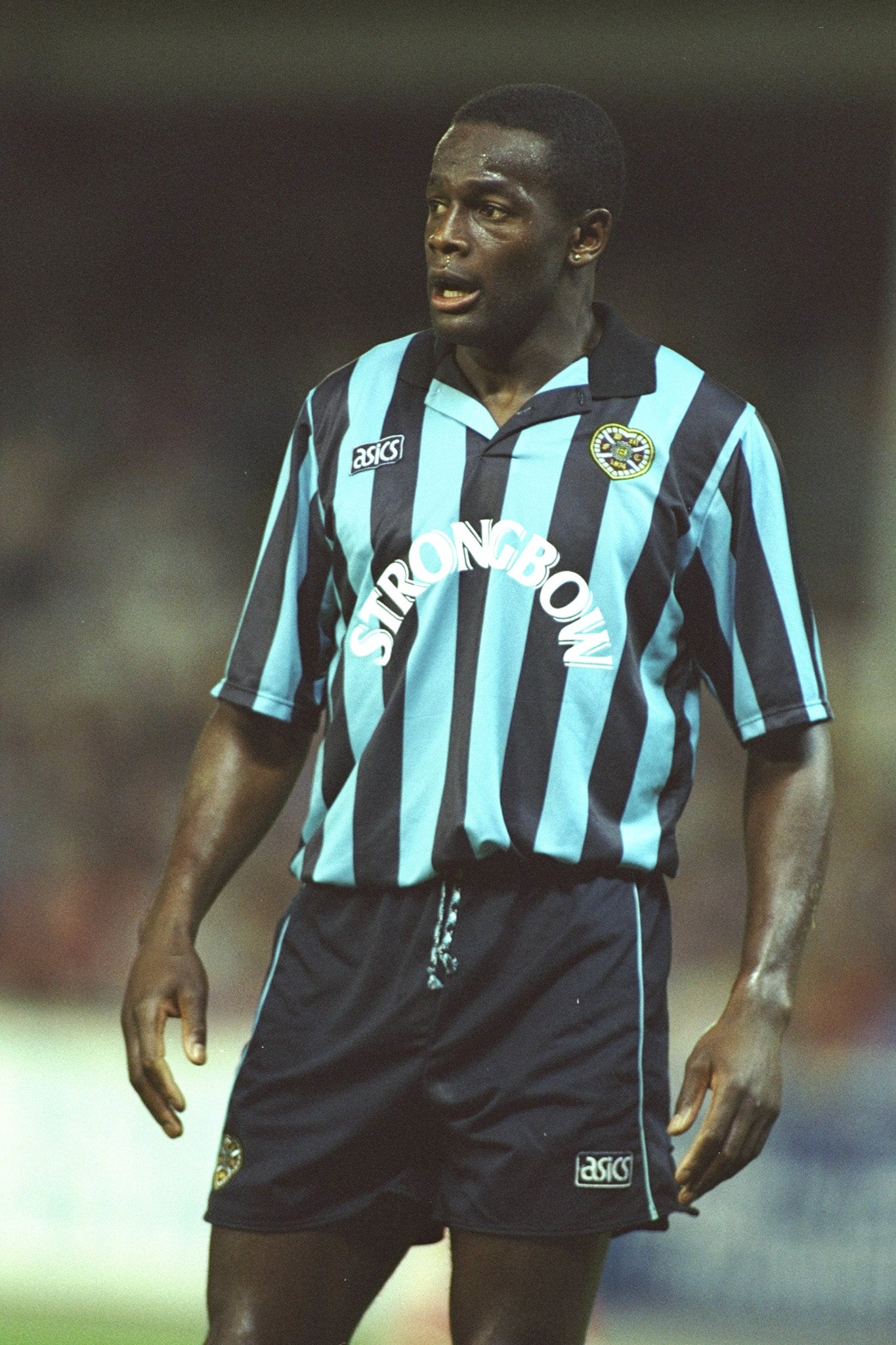
Last summer, however, saw a Twitter account named The Gay Footballer found remarkable prominence. Said to be an under-23 Championship player, the anonymous individual had pledged to publicly come out via Twitter after sympathetic meetings with the manager and club chairman. On 24 July, the @FootballGay account claimed they would reveal their identity but, instead, the enigma persisted with a sign-off, the bio reading: “I thought I was strong enough. I’m not,” before the account was deleted.
Many Twitter users doubted the authenticity of the account despite high-profile support from the likes of Gary Lineker. Whether genuine or not, The Gay Footballer was met with a deluge of “real” responses: abusive and supportive. The fact they could not make the leap to come out proves the terrain of society to be intolerantly treacherous.
Arguably, the idea of a professional footballer coming out in the modern men’s game likely gave a great deal of pride and hope to generations of gay men. The deferral of that notion, coupled with the sensationalism and speculation as to the identity behind the account, left many despondent and resentful. Assuming the account was real, it also shows the onerous (for some, impossible) nature of coming out in a professional sports context, especially in the explosive crucible that is Twitter: perhaps the most volatile of all social media platforms.

In a powerful interview with The Times last year, Arsenal’s Hector Bellerín suggested that “it is impossible that anybody could be openly gay in football. Some fans are not ready. When it happened in rugby with the Welsh player [Gareth Thomas], people respected the situation. The fans respected his decision. In football, the culture is different. It can be very personal, very nasty, particularly for players from the opposition team.”
Promoting progressive awareness as one of football’s most vocal figures, Bellerín represents the paragon of the socially conscious modern footballer. From politics to climate change, from racism to sexism and homophobia, the Catalan right-back has often been the champion, and victim, of the issues his platform presents.
It is impossible that anybody could be openly gay in football. Some fans are not ready. In football, the culture is different. It can be very personal, very nasty, particularly for players from the opposition team
“People have called me a lesbian for growing my hair,” he continued. There are other kinds of homophobic insults. I have learnt to grow a thick skin, but it can affect you. Every now and again, you get a bit of self-doubt.” Discouragingly, the slurs he suffered from the keyboard taunts of Twitter trolls forced him to temporarily delete his account in 2018. “When it happens, it happens on Twitter”, goes the slogan – the unfortunate fact of the matter is that what happens is often undiluted, unthinking abuse.
Emboldened by anonymity, users are often quick to launch insults and tirades; public figures such as Bellerín become the necessary casualties of an unfastened forum. And yet, the Twittersphere remains a site of resistance as much as one of open hostility. Among the hate, it has also engendered unprecedented levels of cross-communication.
Like those encouraged by the prospect of The Gay Footballer, it has also been of paramount importance to the building of online communities and in facilitating the ability to collaborate, defend, and support the championing of global LGBT+ rights. However, Twitter represents a reality and one often distorted by knee-jerk ignorance. What is said on Twitter does not always equate to what might be said on the street, though homophobic incidents – many violent – are distressingly commonplace. Of course, football supporters themselves will be witness to homophobic abuse in bars, stadia, and streets all over the world.
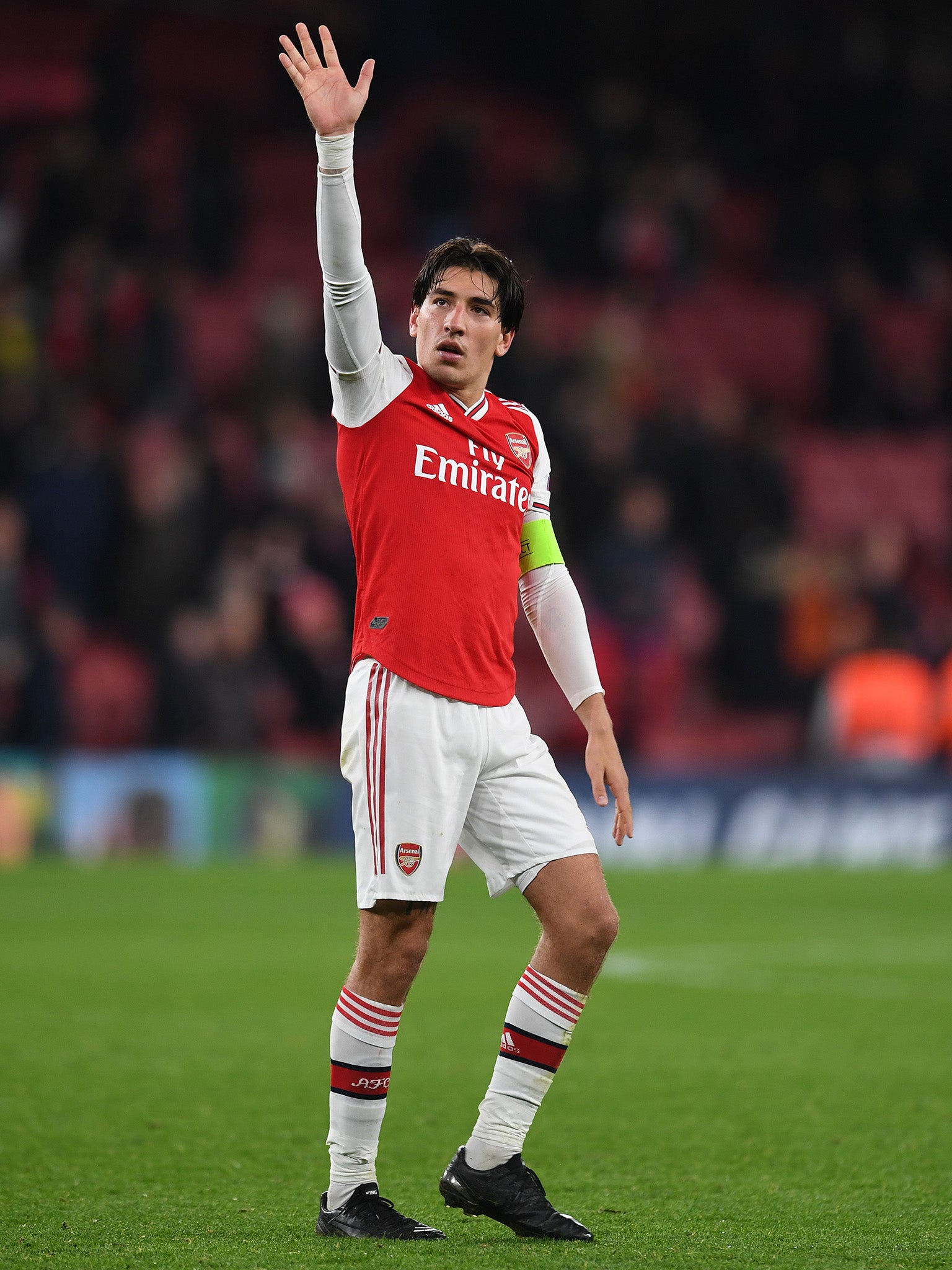
In 2016, a survey conducted by BBC Radio 5 Live found that 50 per cent of football fans had reportedly heard homophobic abuse, 51 per cent had heard sexist abuse, and 59 per cent had heard racist abuse. These numbers are worryingly but not surprisingly high. More heartening was that the survey found 82 per cent of supporters would have no issue with a gay player; more harrowing was that 8 per cent of football fans claimed they would stop watching their team if a player came out. While some of the figures highlight the great leaps society has made, that 8 per cent demonstrates the extent of the work to be done.
Voyeuristic bigotry, laced with subconscious homoeroticism, is what makes these forms of homophobia and sexism deeply ironic
Of course, there are a handful of consoling contrasts to this. Well-known football writer Nicky Bandini penned a public trans coming-out piece in August 2019, also posting a video to an overwhelmingly supportive Twitter audience. While in May, Green Gully SC and former Newcastle Jets player, Andy Brennan, used Instagram to announce his coming-out to become the first openly gay Australian footballer. Last June, Minnesota United midfielder Collin Martin proudly came out to the public on Instagram and Twitter, hours before he and his teammates hosted FC Dallas for a Pride Match in support of the LGBT+ community. “Once I clicked that button, it was gonna be life changing for me. It was a weight that was lifted, for sure,” Martin admitted.
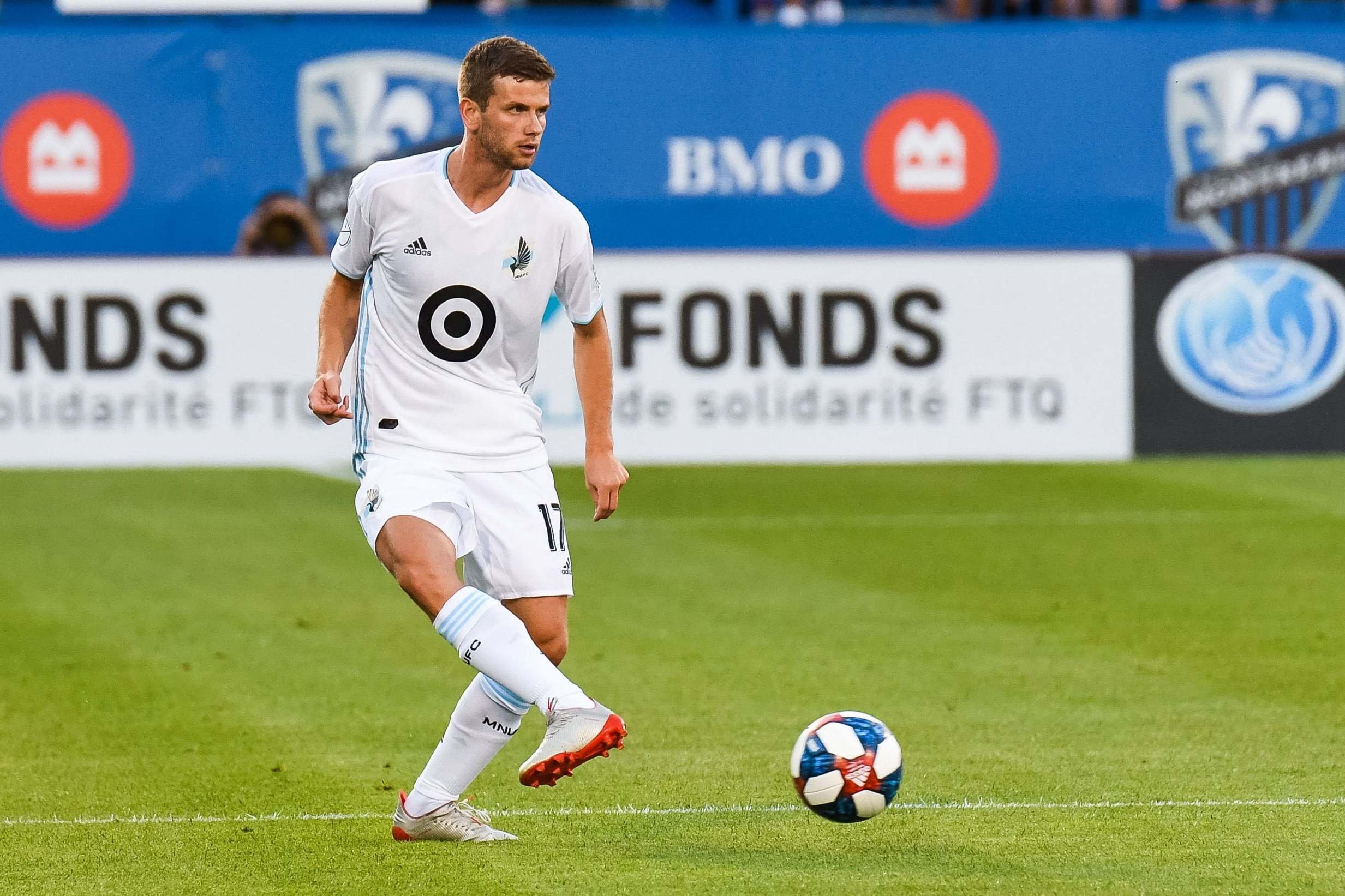
It is a crushing weight. Ironically, homophobia exists, at least partially, due to the pervasive demands the man-made heteropatriarchy fashions for itself. The societal insecurities of not being "a man'', of being a closeted homosexual, or of any type of fragile masculinity, creates a feedback loop of internalised homophobia. The irony, of course, is the function football plays in the homosocial bonding experience. To quote Marilyn Frye’s declaration in The Politics of Reality: “Heterosexual male culture is homoerotic; it is man loving.”
As she explains, most straight men reserve all their admiration, respect, adoration, and idolisation for other men; their main sources of learning, inspiration, and deep attachments, and all those who they imitate, are other men. Frye’s insight cuts right to the heart of the issue: the patriarchy is focused on the misogynistic privileging of the male, but in doing so, it creates an idolatry which is necessarily homoerotic.
This voyeuristic bigotry, laced with subconscious homoeroticism, is what makes these forms of homophobia and sexism deeply ironic. Graeme Le Saux and Sol Campbell represent two heterosexual victims of homophobia, who were both taunted and abused during their playing careers over unfounded claims. For homophobes, even the smallest affront to their fragile masculinity is enough to arouse their abusive vitriol.
In 2013, Russia outlawed so-called “gay propaganda” and the nation’s hosting of the 2018 World Cup raised perennial questions as to its entrenched homophobia. Homophobic chanting and singing in Brazil’s Copa América in 2019 saw the hosts fined $15,000 by Conmebol for perpetrated abuse in their 3-0 win over Bolivia. While, in August last year, a Ligue 2 game between AS Nancy and Le Mans was halted by referee, Medi Mokhtari, who bravely followed league regulation in abandoning the game after homophobic chanting. His actions drew rightful praise from Marlene Schiappa, the French government’s gender equality minister, as well as France’s sports minister, Roxana Mărăcineanu, who tweeted: “It's a first. And a last, I hope.”
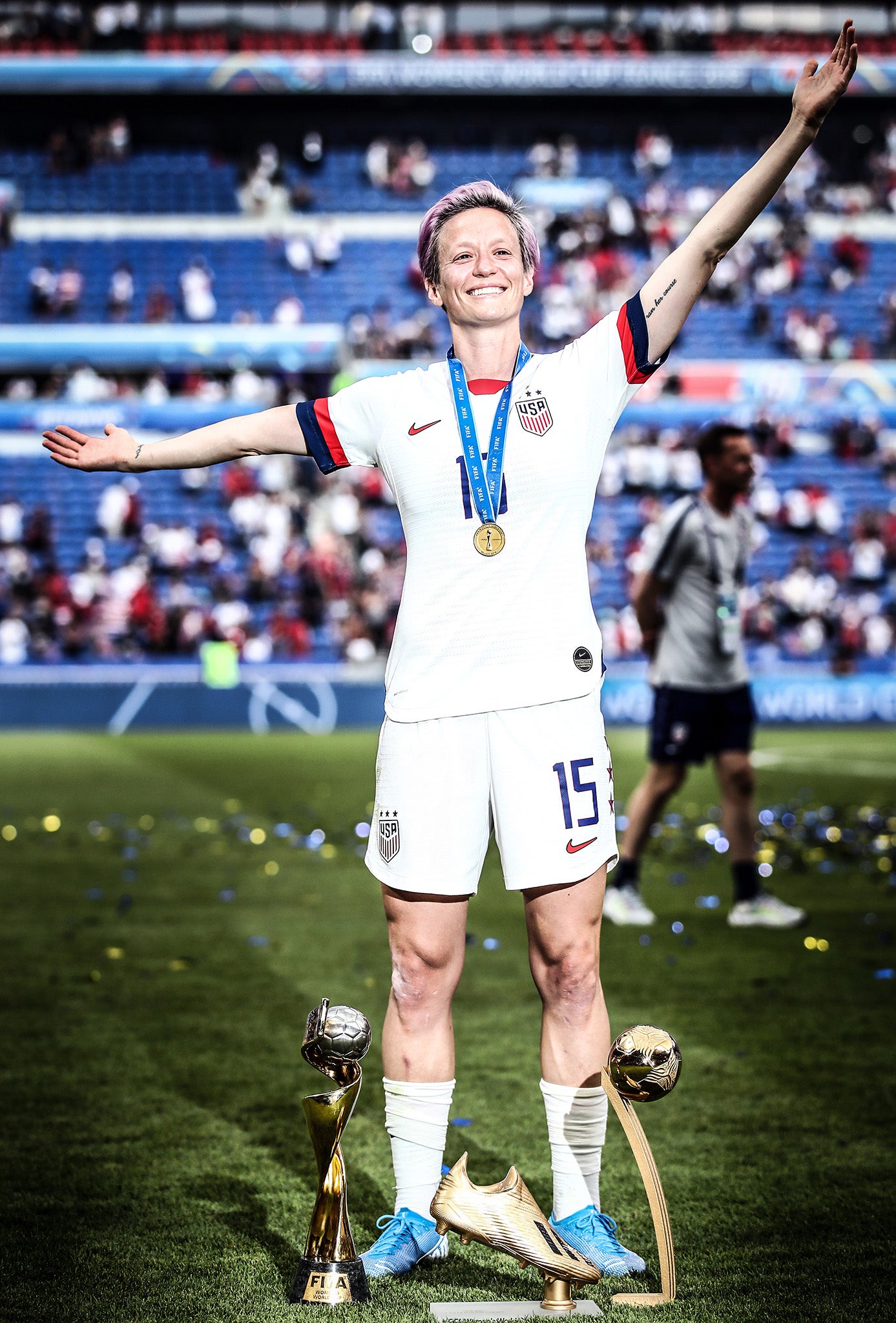
Depressingly, for some, football is still a “man’s game” for (straight) men, despite last year’s Women’s World Cup drawing substantial crowds in France. The US’s bravely vocal Ballon d’Or winner, Megan Rapinoe, was a standout player and gay icon in the competition. She stood up against Donald Trump, championed LGBT+ players, decried Fifa’s record on equality. Rapinoe finished the tournament as the Golden Boot winner as she captained the US women’s national team to their fourth World Cup against the Netherlands.
She joined Casey Stoney, Lianne Sanderson, Gilly Flaherty, Abby Wambach, Alisha Lehmann, Ramona Bachmann, and Nadine Angerer, to name but a few of the 41 LGBT+ players and coaches at the Women’s World Cup. Indeed, the prevalence of openly gay female, professional footballers unfortunately speaks not to a greater degree of acceptance, but rather to a further form of discrimination.
The misguided undervaluation of women’s football, and the crude equivalence drawn between lesbianism and masculinity, leads to a discrepancy in stigma for male and female homosexuality in football. This, combined with the perceived disparity in tribalism between the women’s and men’s games, might also explain the higher levels of diversity and inclusion.
Despite a range of progressive initiatives to settle the scales of inequality, the normalisation of everyday homophobic behaviour and abuse has unfortunately proved intransigent. Stonewall’s pro-LGBT+ Rainbow Laces initiative and Football v Homophobia both represent campaigns that are working hard to kick homophobia out of the game. However, the networks of power traced by the phenomenon of social media demonstrate that there is still a great deal of work to be done.
Until we see real change in football and society, the necessary empowerment that gay, male footballers need to live and work in peace will be lamentably absent
Partnering with the Premier League, Stonewall’s Rainbow Laces campaign aims to promote LGBT+, inclusion, equality, and allyship in all sports. But in December 2018, the social media pages of Manchester United, Arsenal and Chelsea were all subjected to outbursts of homophobic comments after showing solidarity with the campaign. Thousands of vicious, ignorant reprisals redoubles the exigency of eliminating homophobia in football.
Despite being the Beautiful Game on the face of it, football has never been able to conceal its ugly side. Even as we enter a new decade, the depressing reality is that homophobia is rife in professional sports and the idea of a gay footballer in the men’s game is still considered taboo.
Until we see real change in football and contemporary society, the necessary empowerment that gay, male footballers need to live and work in peace will be lamentably absent. If it calls for a gestalt mass coming-out, then so be it. Which begs the question: when is the right time to come out? When professional footballers eventually do so, they will need total support from official bodies as well as their clubs and fan bases.
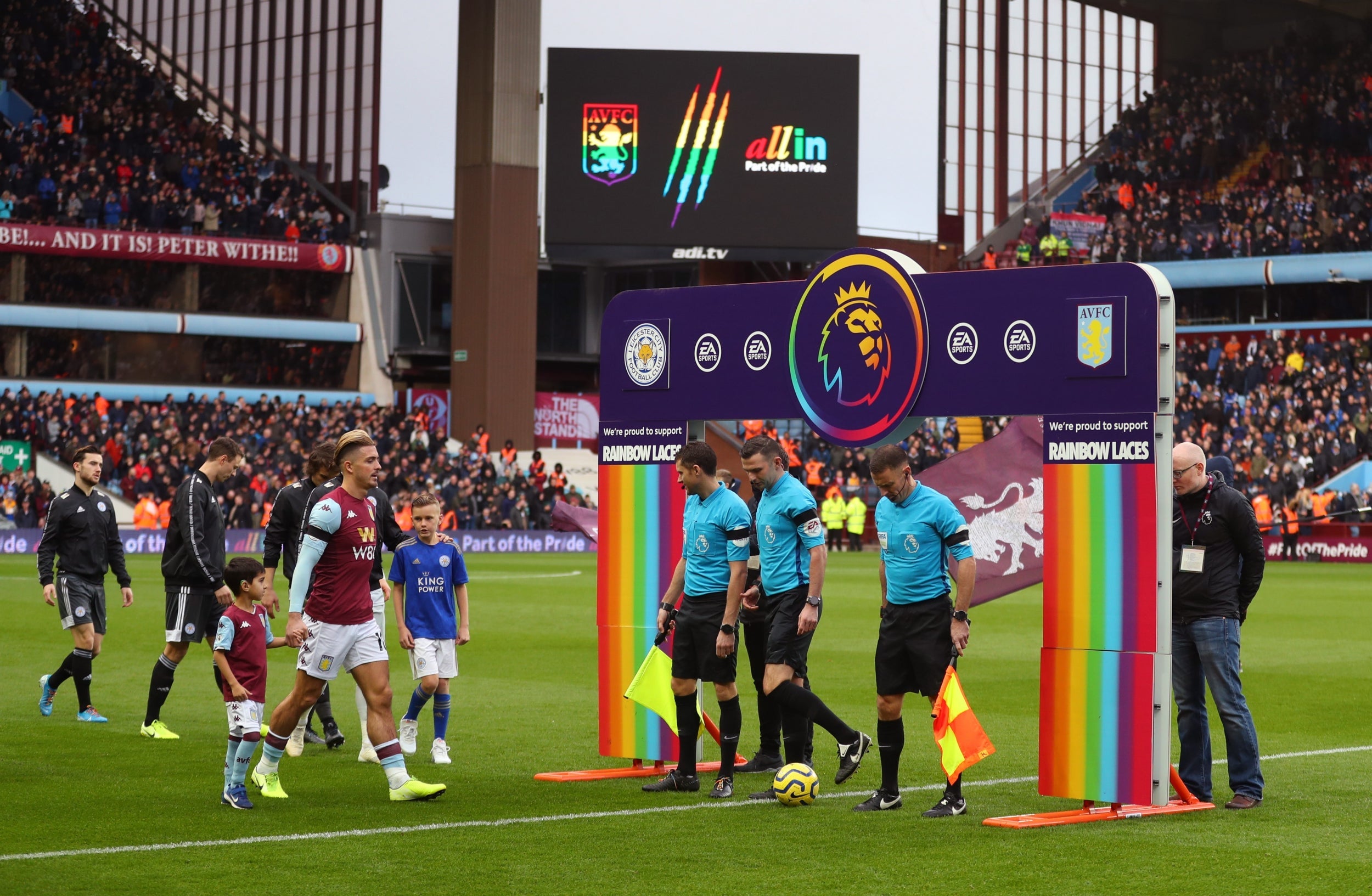
After Liam Davis’s sexuality was accidently disclosed in 2014 while playing for non-league side, Cleethorpes Town FC, he remains the only openly gay footballer playing in the English game. Now at Torquay United, the semi-professional midfielder was inadvertently outed by a local newspaper after he used Twitter to voice his support for Thomas Hitzlsperger’s coming-out. The unexpected attention was overwhelming for Davis, but he has since welcomed the opportunity to talk about the positive reaction to his sexuality. His, however, is the solitary English example and the world waits for a top-flight player to follow.
Should those players exist they might take succour from moments such as those provided by Graeme Souness during 2019’s Rainbow Laces campaign. More commonly associated with the scolding of poor defending, the straight-talking Scot dissolved his reputation to become an unlikely champion of gay rights in football, claiming that any Premier League footballer who came out would be a “hero”.
“There must be gay and bisexual players playing in the Premier League, there has to be,” he declared to the Sky Sports studio. “But no one has felt comfortable enough to come out and say ‘this is me’. I came from a generation where it was extremely homophobic, the banter in the dressing room, but nine months ago I came down and took part in a parade here [in Brighton]. It was enlightening and I learned so much and it changed my attitude.
For too long, gay male footballers have been the powerless and anonymous victims of a prejudiced impulse that needs to be addressed both on and off the pitch
“It was a fabulous day and I found it extremely educational and it was a thoroughly great day out. I would tell anyone, if you want to learn more then come down here for that parade and you’ll go away with a completely different opinion,” he concluded.
That a man educated in the “old school” of pragmatism can change his outlook gives reassurance that anything is possible within this discourse; the video was shared virally on Twitter to an audience who acknowledged his surprisingly refreshing perspective.
Another coincided in December when Leicester City’s Ben Chilwell and James Maddison teamed up with Foxes Pride for an in-depth conversation about the club’s LGBT+ support base. There, Graeme Smith, Paul Malley and Michelle Keatman discussed inclusion in the game and were profoundly appreciative of genuine support from the Leicester squad.
From a player’s perspective, Maddison expressed this: “We've got a very accepting changing room, and I think if one of our team-mates was to come out and say they were gay, nothing changes. That's how it is with us, and hopefully going forward that can be the same for everyone.” Released through the club’s media channels, it too demonstrated a tangible desire to reach out inclusively to all LGBT+ fans of football.
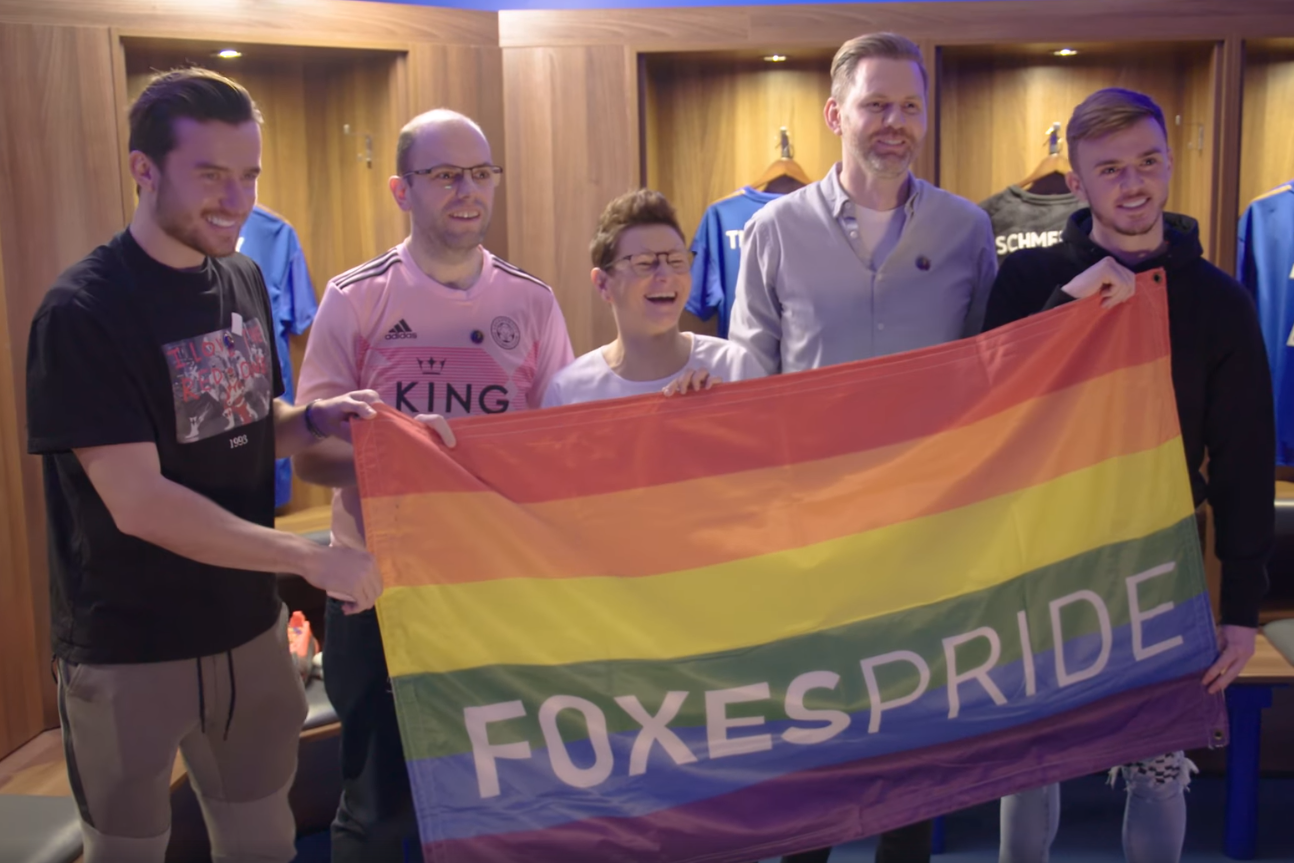
These recent examples present themselves as watershed moments in the shifting of contemporary ideologies. Social media has drastically vocalised the modern climate of homophobia within the world of football, but isolation and pariahdom remain palpable fears. A player’s mental health must be at the forefront of these conversations. Coming out might be something of a Pyrrhic victory: a win for freedom of identity, but at what cost for the player?
That said, the multivalent nature of social media means that footballers, should they find the Herculean resolve to come out, know that among all the bigotry and abusive trolling they will also find genuine support and encouragement. Social media is not only providing a feasible platform for gay footballers to come out publicly, it is also a catalytic means for LGBT+ communities and solidarity to flourish.
For too long, gay male footballers have been the powerless and anonymous victims of a prejudiced impulse that needs to be addressed on and off the pitch. While the intransigence of homophobia in the stands and the digital arena of social media reflect the prevailing attitudes in society, right now is the time for it to be shown the red card. Naively optimistic perhaps, but for all its ills, social media retains a possible emancipatory power for good.
Join our commenting forum
Join thought-provoking conversations, follow other Independent readers and see their replies
Comments